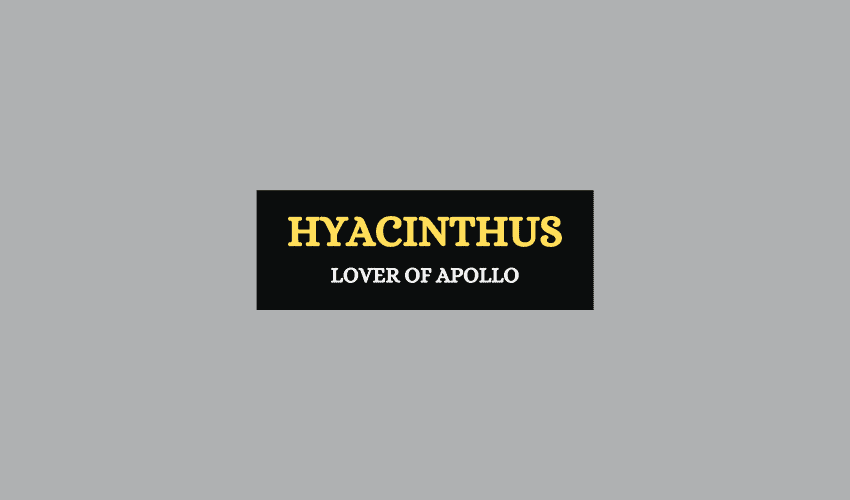
Table of Contents
Just like people praised women and goddesses for their beauty in Greek mythology, they also praised men. Hyacinthus is one of the most handsome men of Ancient Greece, admired by both mortals and gods. Here’s a closer look.
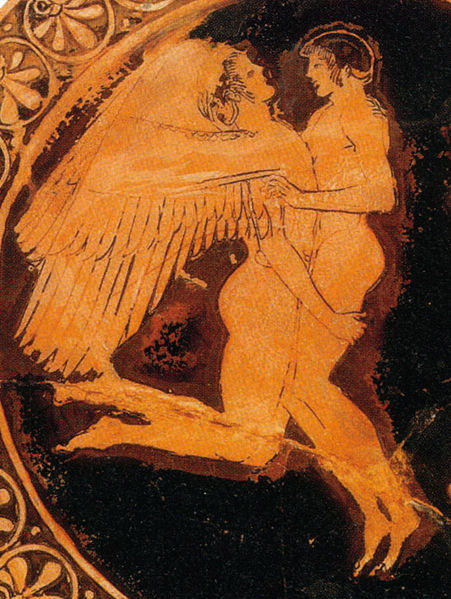
Origins of Hyacinthus
The origins of Hyacinthus’ myth are not completely clear. In some accounts, he was a prince of Sparta, son of King Amyclas of Sparta, and Diomedes of the Lapithes. In Thessaly, however, they had a different version of the story. For them, Hyacinthus was the son of either King Magnes of Magnesia or King Pieros of Pieria. It is most likely that Hyacinthus’ myth is pre-Hellenistic, but he was later related to Apollo’s myth and cult.
Hyacinthus’ Story
Hyacinthus was a minor character in Greek mythology, and little is known about him. However, the one main aspect of Hyacinthus that most accounts agree on is his beauty. His beauty was unparalleled, and in Greek mythology, he was said to be amongst the most beautiful mortals who ever lived. His most notable story is his connection to the god Apollo.
Hyacinthus and Thamirys
In the myths, the mortal Thamirys was Hyacinthus’ first lover. However, their story together was short since Thamirys went to Mount Helicon to challenge the Muses, the goddesses of arts and inspiration, in a music contest. Thamirys lost to the Muses, and they punished him accordingly.
In some accounts, Thamirys did this under the influence of Apollo, who was jealous of him. He made Thamyris challenge the Muses in order to get rid of him and claim Hyacinthus.
Hyacinthus and Apollo
Apollo became Hyacinthus’ lover, and they would travel together around Ancient Greece. Apollo would teach Hyacinthus how to play the lyre, use the bow and arrow, and hunt. Unfortunately, the god would cause the death of his loved one while trying to teach him how to throw a discus.
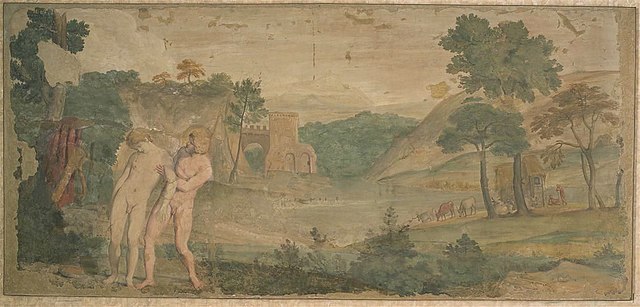
One day, Apollo and Hyacinthus were practicing throwing the discuss. Apollo threw the discus with all his strength as a demonstration, but the discus hit Hyacinthus on the head. The impact caused Hyacinthus’ death, and despite Apollo’s efforts to cure him, the beautiful mortal died. From the blood that sprang from his injury, the Larkspur flower, also known as hyacinth, emerged. The plant would become an important symbol in Ancient Greece.
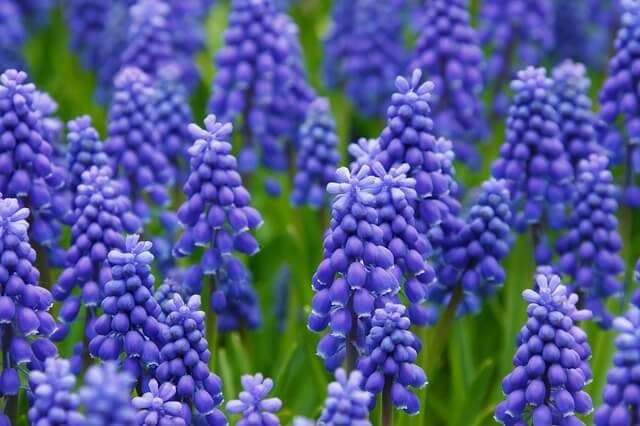
Hyacinth and Zephyrus
Besides Apollo, Zephyrus, the god of the west wind, also loved Hyacinthus for his beauty. According to some sources, Zephyrus was jealous of Apollo and wanted to get rid of Hyacinthus, in a ‘if I can’t have him, neither can you’ attitude. When Apollo threw the discus, Zephyrus changed the direction of the discus, directing it towards Hyacinthus’ head.
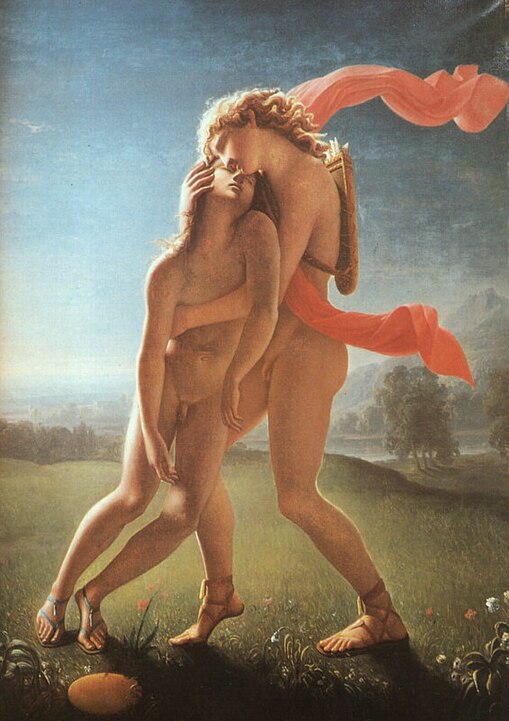
The Hyacinthia Festival
The death of Hyacinthus and the emerging of the flower set the beginning of one of Sparta’s most influential festivals. In the Spartan calendar, there was a month at the beginning of the summer that was called Hyacinthius. The festival took place in this month and lasted three days.
In the beginning, the festival honored Hyacinthus since he was a deceased prince of Sparta. The first day was to venerate Hyacinthus, and the second was for his rebirth. Later, it was an agricultural-centered festival.
In Brief
Hyacinthus was a noteworthy figure in the stories of Apollo and his cult. Although Greek mythology teems with beautiful women such as Psyche, Aphrodite, and Helen, Hyacinthus is proof that there were also men who were of outstanding beauty. His death would influence Spartan culture and would give its name to a fantastic flower, that we still have today.








